Barking up the right tree: picking and planting a native tree or shrub
There are many reasons to love trees, ranging from the practical to the poetic. There’s the way that they store carbon and release oxygen, shelter us from the sun and wind, and provide food and medicine. And then there’s that whisper of wind through the leaves, a soaring view glimpsed from a sturdy limb or a spicy fragrance sparking a pleasant memory.
The first step in reaping decades of these benefits is planting a tree. Here are some things to consider before welcoming a new tree or shrub (a large woody plant that’s smaller than a tree) to your property or community — and steps for getting it in the ground.
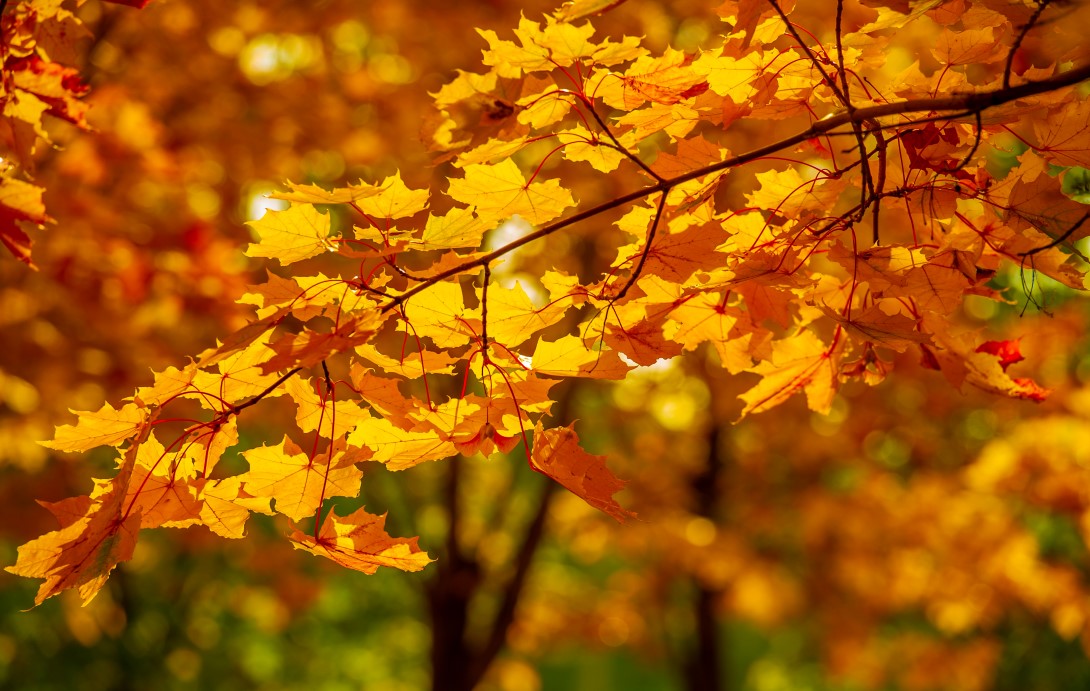
Why plant in fall?
Fall is actually one of the best times of year to plant a tree or shrub. The cool, rainy weather typical in fall encourages the tree to direct energy into the roots and develop a solid root system, getting it off to a healthy start. And these benefits will be doubled, because the cool spring will give the tree a second season for root establishment before it needs to divert energy into growing leaves. Aim to plant your tree or shrub after the summer heat wanes and before the ground freezes.
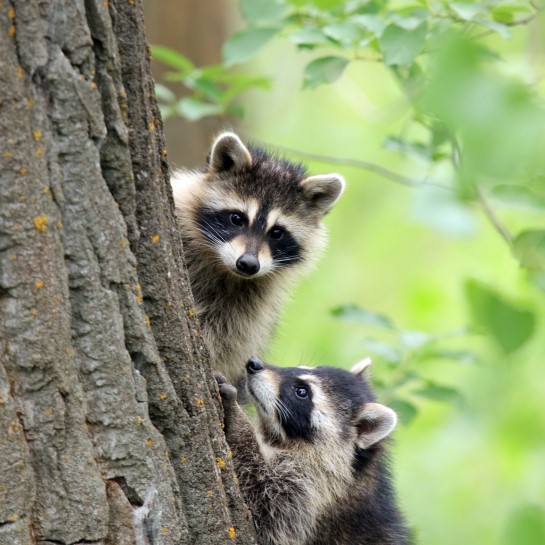
Which tree should you plant?
Increase your odds of success by matching the specific conditions at your growing space (soil type, sun exposure, temperature range, etc.) to a native species that thrives in those conditions. Native plant and tree species have developed deep relationships with other organisms in their local ecosystems through their interactions over the millennia, so a species native to your area is likely to thrive and will also help wildlife. Visit re:grow, WWF’s how-to hub for growing native plants and trees, to learn more about getting to know your space and what to look for when selecting a supplier for your trees or shrubs.
Here are a few species suggestions you may want to explore:
Softwoods (a.k.a. evergreens or coniferous trees)
Cedars, such as western red cedar (Thuja plicata), native in B.C. and Alberta, and eastern red cedar (Thuja occidentalis), native in Manitoba, Ontario, Québec, New Brunswick, Nova Scotia and PEI
Hemlocks, such as western hemlock (Tsuga heteropylla), native in B.C. and Alberta, and eastern hemlock (Tsuga canadensis), native in southern Ontario and Québec, and in New Brunswick, Nova Scotia and PEI
Pines, such as lodgepole pine (Pinus contorta), native in Yukon, NWT, B.C., Alberta and Saskatchewan, and eastern white pine (Pinus strobus), native in Manitoba, Ontario, Quebec, New Brunswick, Nova Scotia, PEI and Newfoundland
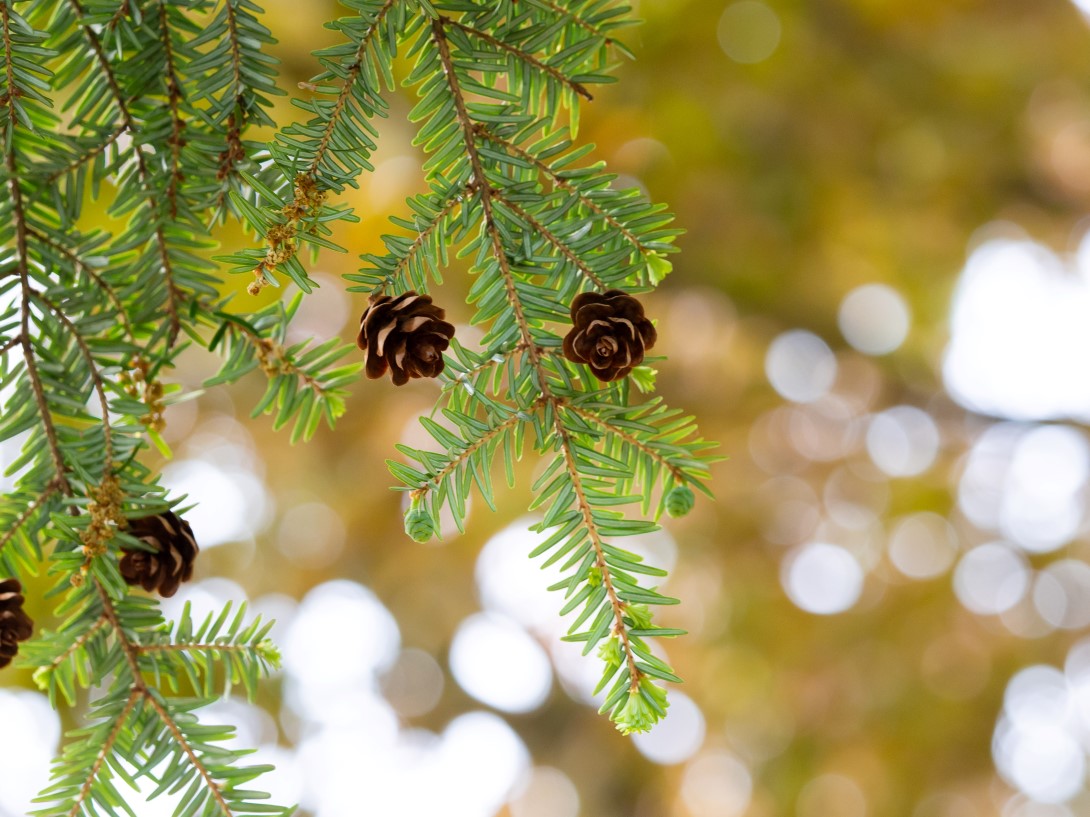
Hardwoods (a.k.a. deciduous trees or broadleaf trees)
Maples, such as vine maple (Acer circinatum), native in B.C., and sugar maple (Acer saccharum), native in Ontario, Québec, New Brunswick, Nova Scotia and PEI
Oaks such as Garry oak (Quercus garryana), native in B.C., and bur oak (Quercus macrocarpa), native in Saskatchewan, Manitoba, Ontario, Québec and New Brunswick
Birches, such as paper birch (also known as white birch) (Betula papyrifera), native in all provinces and territories in Canada except Nunavut, and yellow birch (Betula alleghaniensis), native in Ontario, Quebec, New Brunswick, Nova Scotia, PEI and Newfoundland
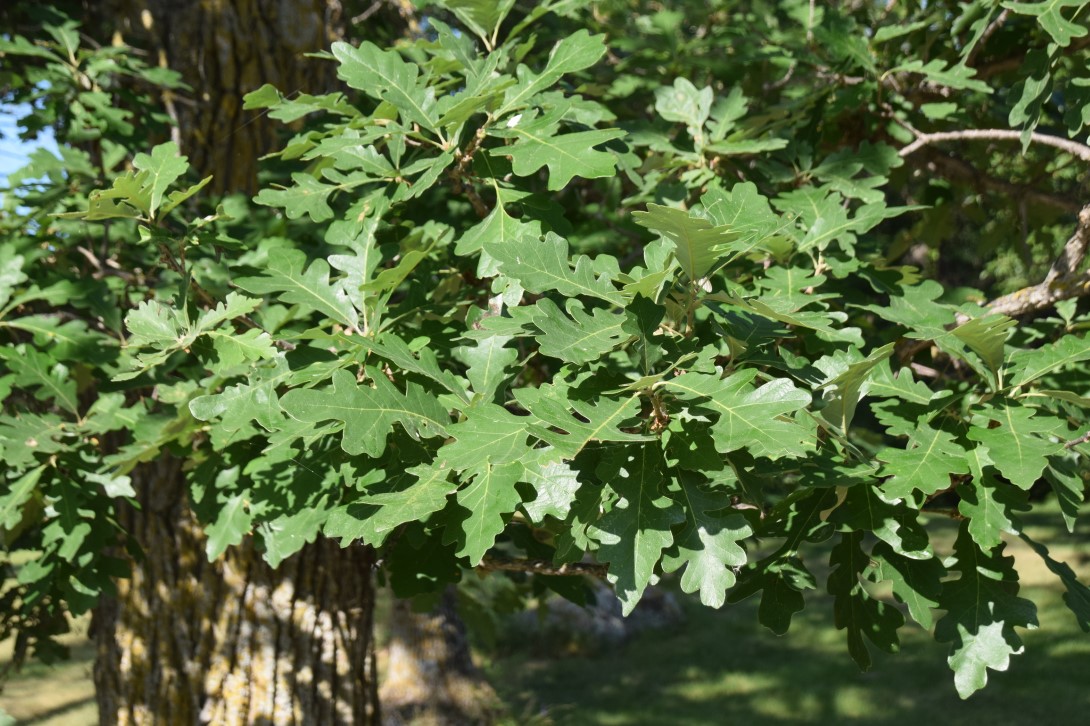
Shrubs
Dogwoods such as red-osier dogwood (Cornus sericea), native in every province and territory in Canada, and round-leaved dogwood (Cornus rugosa), native in Manitoba, Ontario, Québec, New Brunswick and Nova Scotia
Viburnums such as squashberry (Viburnum edule), native in all provinces and territories in Canada, and nannyberry (Viburnum lentago), native in Saskatchewan, Manitoba, Ontario, Quebec, and New Brunswick
Serviceberries such as saskatoon serviceberry (Amelanchier alnifolia), native in Yukon, NWT, B.C., Alberta, Saskatchewan, Manitoba and Ontario, and Bartram’s serviceberry (Amelanchier bartramiana), native in Nunavut, Ontario, Québec, New Brunswick, Nova Scotia, PEI and Newfoundland and Labrador
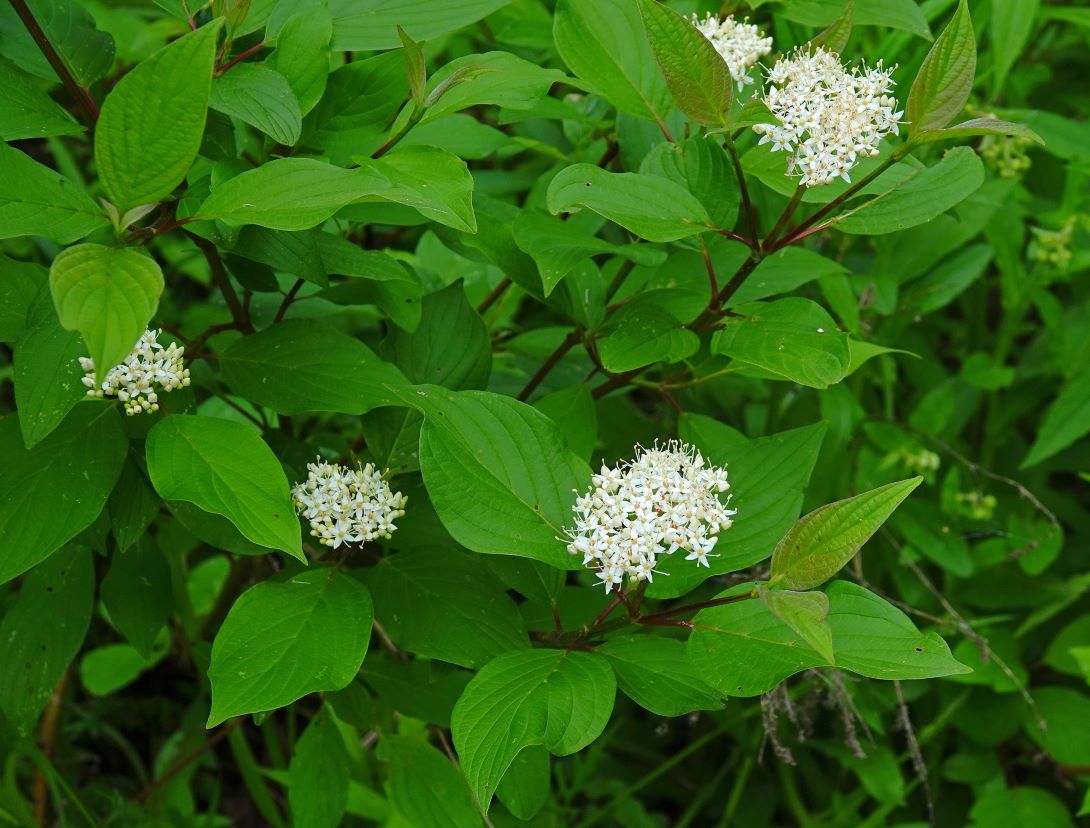
How to plant
Before planting:
- Research how large it will grow and choose a spot where it won’t hit buildings or power lines.
- Have underground utilities such as gas lines located before you dig your hole.
- Consider where the tree will create shade or drop fruit, flowers or nuts and choose the location accordingly.
Planting:
- Dig a hole that is bowl-shaped, two to three times as wide as the container the tree is in, and the same depth as the container.
- Use the side of your shovel to roughen the soil along sides of the hole to make it easier for the roots to grow into.
- Remove your tree from the container and massage the roots to loosen them up a bit. Place the tree in the hole.
- Keep the trunk vertical and plant the tree at the same depth it was planted in the container.
- Refill the hole with soil and place the removed sod upside-down just inside the edge of your hole. Do not pile soil against the side of the trunk.
- Add a layer of mulch on top to hold in moisture, forming a doughnut shape, not a volcano shape (i.e. leave a space between the ring of mulch and the tree trunk). Then thoroughly water your tree.

After planting:
- A good rule of thumb is to water on planting day, the day after, and then once per rain-less week for the two following months (or four following months, for large trees).
- Keep the temperature, rainfall and your soil type into account — watering needs vary.
- When you do water, soak the soil thoroughly.
- Consider whether your tree needs protection from hungry mammals like mice, rabbits and deer, which are building up fat reserves before winter. If you know you have these animals in your area or notice damage, put a tree guard or fencing around your sapling.


